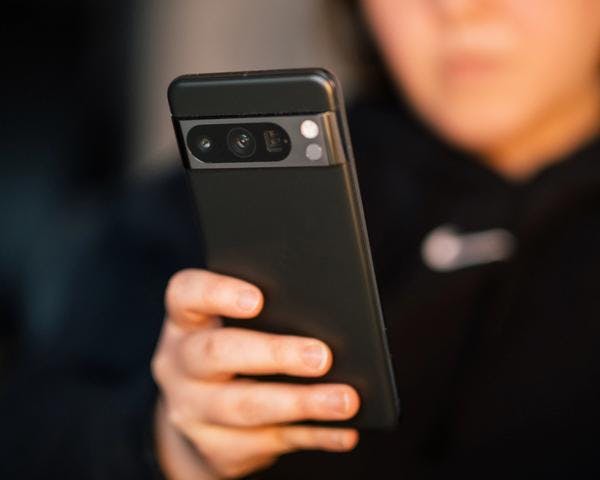Samsung's latest Galaxy S24 series comes in three distinct variations, each catering to different needs and budgets. The standard Galaxy S24 is priced at $799.99, but for those seeking more space or camera specs, the Galaxy S24 Plus is priced at $999.99. And for tech lovers who demand the absolute best, the Galaxy S24 Ultra stands at the pinnacle with a price tag of $1,299.99 — a slight increase from its predecessor but well justified by its numerous new sparkly upgrades.
The Galaxy S24 Ultra, the series star, shines bright (literally) with a 6.8-inch QHD+ display and is driven by the Snapdragon 8 Gen 3 processor. It's a photographer's dream, offering storage options of 1TB, 512GB, or 256GB, paired with a robust 5,000mAh battery. While its overall design echoes the S23 Ultra, the refined details in its more rounded edges and grippy one-hand-hold texture can make the difference.
Camera capabilities take center stage with the Ultra, featuring a 23-megapixel front camera and an impressive rear camera setup: a 12-megapixel ultra-wide, a groundbreaking 200-megapixel wide, and two zoom lenses of 10 and 50 megapixels. These specs are a clear step from the Samsung S23, setting a new benchmark in mobile photography for Android users.
The standard Galaxy S24 and S24+ models aren't left far behind. The S24 boasts a compact 6.2-inch Dynamic AMOLED 2x FHD+ display, while the S24+ offers a larger 6.7-inch QHD+ screen. Both models have a 50MP primary camera, supporting 8K video recording and featuring 30x zoom capabilities, alongside 2x and 3x telephoto lenses.
Main Takeaway: The Galaxy S24 series follows a familiar pattern in flagship smartphones, where the most advanced features and premium build quality are reserved for the high-end Ultra model. It's a simple truth in the tech world: you'll need to spend more on the most cutting-edge innovations.











